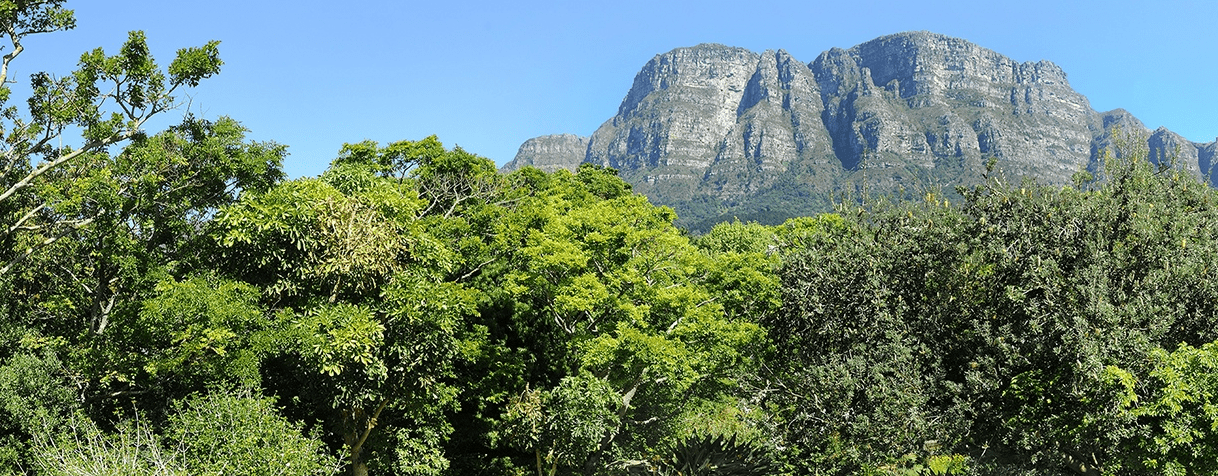History of Bishops Court
- Province; Western Cape
- Coordinates: 33°59′25″S 18°26′45″E
- Area: 2.31 km2
- Municipality: City of Cape Town
After Van Riebeek arrived at the Cape in 1652 he set about establishing agriculture on behalf of the Dutch East India Company in order to provide supplies for passing ships. The Cape was a halfway station between Holland and its Eastern colonies. Van Riebeek kept a detailed diary.
He and his men found that the wind behind the mountain was not so violent and strong, the land was forested with rich and fertile soil. The diary entry speaks of “loveliest and most beautiful weather in the world” and that the land was broad and spacious enough to be well-suited for agriculture. The plan was then to establish Free Burgers in the area
In 1657 Van Riebeek was allowed to grant land to some of the company’s servants known as free burgers along the Liesbeek river where 9 farms were established under the strict supervision of Van Riebeek. The true colonisation of the Cape really began in this area
The first mention of the Liesbeek River which is the heart of Bishopscourt is recorded on the 14th of July 1652, at this time it was called the Soete Reier (sweet river)
An area of 213 Acres stretching from the Liesbeek River to Wynberg Hill was granted to Jan Van Riebeek who called it Bosheuwel. In 1660 he planted a hedge of wild almond trees to establish the boundary of the farm, this is now a national monument. The farm was planted with young vines it is thought that some of the first wine at the cape was produced here. By the time Van Riebeek left the cape in 1662, the vineyards were well established. The farm was sold to Jacob Cornelius van Rosendal who went on to produce the best wine from the Cape at that time. The estate changed hands several times and 1805 was bought by Honoratus Maynier, whose tomb can be found on the estate. He had changed the name of the farm to Protea. When he died it was occupied by Sir Lowry Cole, governor of the Cape Colony who supervised the abolition of slavery in the Cape. Bishopscourt has been the site of the residence of the Anglican archbishop of Cape Town since 1849 and Bishop Gray gave it the name Bishops court. The original estate was broken up in 1937. The Bishopscourt village of today includes Vineyard Estate, Bishopscourt (between Bishopscourt, the Liesbeek, and Princess Avenue), and the portion of Edinburgh Township between Princess Avenue and the M3.
Development in Bishopscourt village started in the 1930s and it is thought that the first houses were built in 1934 on Robinson Avenue.
The postal code for Bishopscourt is 7708
see all listings in bishops court
WEATHER IN BISHOPSCOURT TODAY
Useful Numbers in Bishops Court
Police: Wynberg-021 799 1300
Traffic department:Gallows Hill Traffic Department-0860 103 089
Fire: Constantia Fire Station-021 400 5514
Water:0860 103 089
Electricity:0860 103 089
Ambulance:10177
Post office;Wynberg-021 762 5757
Closest hospital;2 Military Hospital-021 799 6911
Pharmacy;
SPCA: Cape Of Good Hope- 021 700 4140
Schools: The Hill Pre-Primary-021 762 1243
Herschel Secondary School-021 670 7500
Museum;


